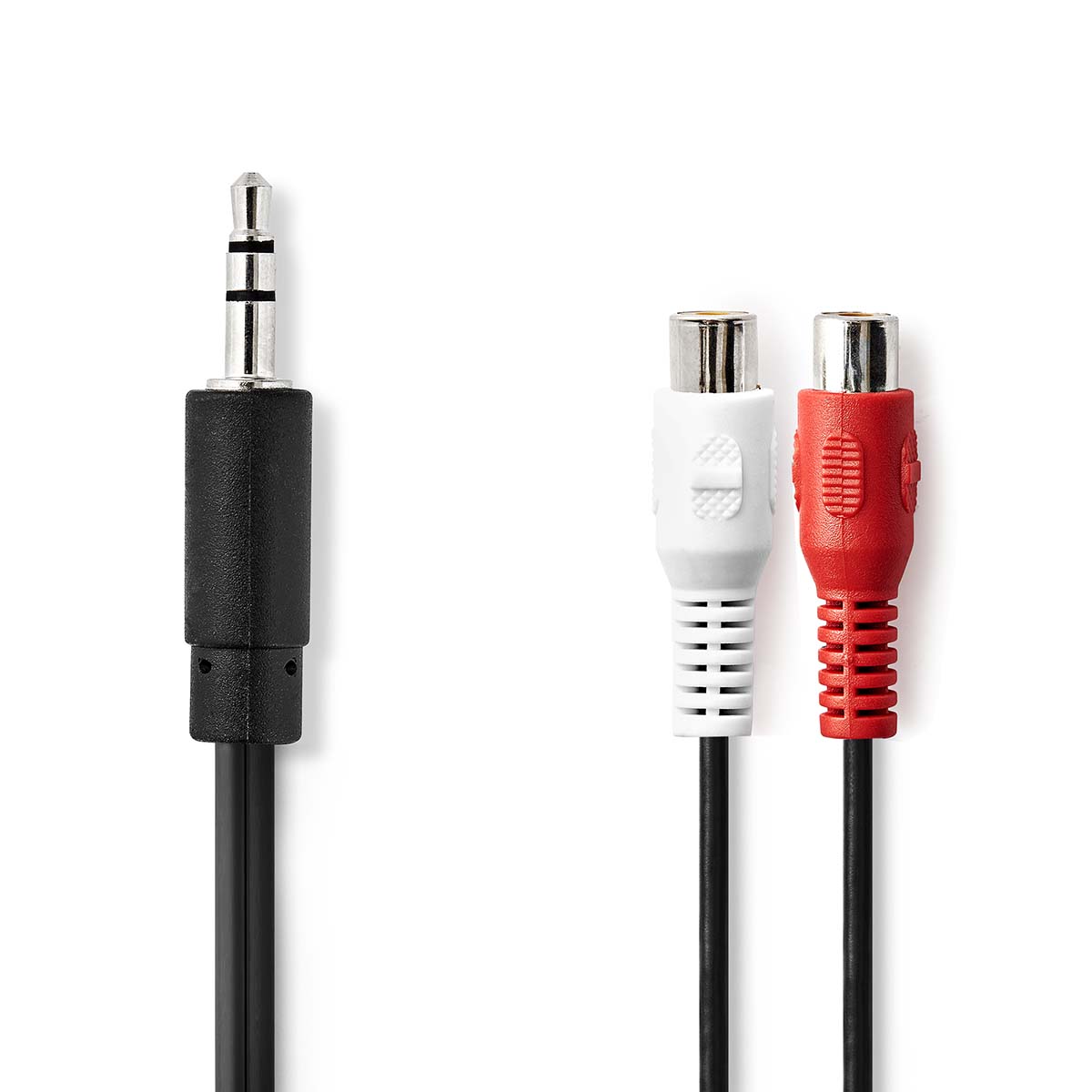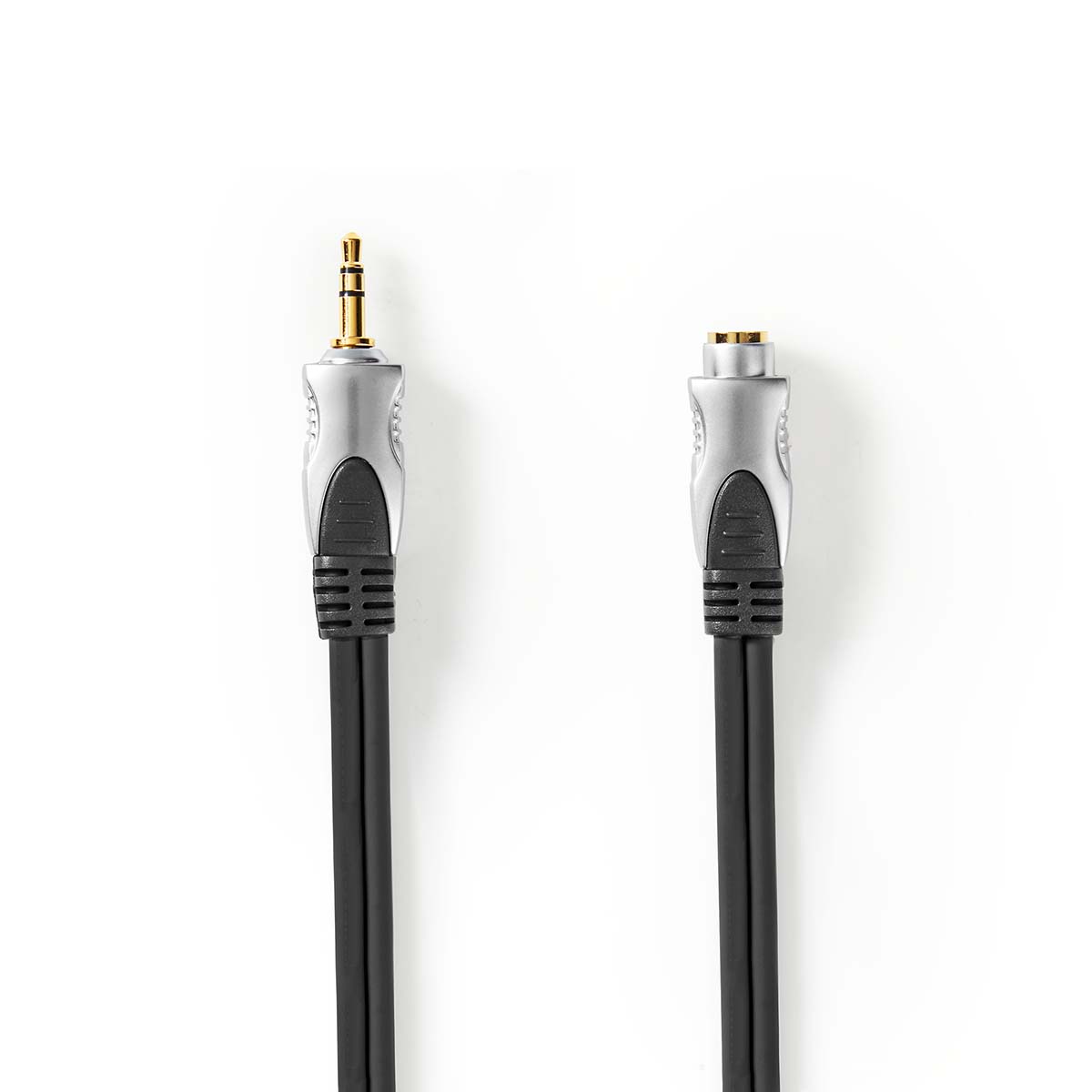High quality audio cable 3.5 mm – With high-quality 3.5mm audio cable at the forefront, this piece embarks on a journey to unravel the intricate world of sound, revealing the secrets to unlocking pristine audio performance.
Delve into the depths of cable construction, materials, and design, and discover how they orchestrate an exceptional symphony of clarity and fidelity.
High-Quality Audio Cable 3.5mm: Understanding Key Features
In the realm of audio, the quality of the cable plays a crucial role in determining the fidelity of the sound reaching your ears. For 3.5mm audio cables, which are ubiquitous in personal audio devices, understanding the key features that contribute to high-quality performance is essential for discerning listeners.
The construction and materials used in 3.5mm audio cables have a significant impact on sound quality. High-quality cables employ oxygen-free copper (OFC) conductors, which minimize signal loss and distortion. The thickness and purity of the copper strands also contribute to better conductivity and reduced noise.
Additionally, the use of multiple conductors, often twisted together, enhances signal integrity and reduces electromagnetic interference (EMI).
Shielding
Shielding is a critical aspect of high-quality audio cables. It protects the signal from external noise and interference, ensuring a clean and uncorrupted sound. Effective shielding is achieved through a combination of materials and techniques. Braided copper shielding, for example, provides excellent protection against EMI and radio frequency interference (RFI).
Foil shielding, on the other hand, is effective in blocking electrostatic interference (ESI).
Connectors
The connectors on 3.5mm audio cables play a vital role in maintaining signal integrity. Gold-plated connectors ensure a secure and corrosion-resistant connection, minimizing signal loss and ensuring optimal sound transfer. The design of the connectors, including their shape and contact points, also contributes to the overall quality of the cable.
Cable Length
The length of the audio cable can affect the signal quality. Longer cables introduce more resistance and capacitance, which can lead to signal loss and reduced sound quality. For optimal performance, it is generally recommended to use the shortest cable length that meets your needs.
Types of High-Quality 3.5mm Audio Cables
In the realm of audio, understanding the types of high-quality 3.5mm audio cables available is crucial for discerning listeners. Each cable type possesses unique characteristics that cater to specific applications and performance requirements. This guide delves into the various types of 3.5mm audio cables, comparing their advantages and disadvantages, and exploring the applications of TRS and TRRS connectors.
Balanced vs. Unbalanced Cables
Audio cables can be classified into two primary types: balanced and unbalanced. Balanced cables employ a three-conductor design, comprising two signal conductors and a ground conductor. This configuration effectively cancels out electromagnetic interference (EMI) and radio frequency interference (RFI), resulting in a cleaner, noise-free audio signal.
Balanced cables are preferred in professional audio applications where signal integrity is paramount.
Unbalanced cables, on the other hand, utilize a two-conductor design, consisting of a single signal conductor and a ground conductor. While less expensive and more commonly used in consumer audio applications, unbalanced cables are more susceptible to EMI and RFI, which can introduce noise and distortion into the audio signal.
If you’re looking for a pair of wireless headphones that deliver exceptional sound quality and comfort, the Beats Studio 2.0 Wireless are a top choice. With their noise-canceling technology and extended battery life, you can enjoy your music uninterrupted for hours on end.
TRS vs. TRRS Connectors
TRS and TRRS connectors are two common types of 3.5mm audio connectors. TRS (Tip-Ring-Sleeve) connectors feature three contacts: tip, ring, and sleeve. They are primarily used for balanced audio signals and are commonly found in professional audio equipment. TRRS (Tip-Ring-Ring-Sleeve) connectors, on the other hand, have four contacts: tip, ring 1, ring 2, and sleeve.
They are designed to carry both balanced audio signals and microphone signals, making them ideal for use in smartphones, headsets, and other devices that require both audio input and output.
Factors to Consider When Choosing a High-Quality 3.5mm Audio Cable
When selecting a 3.5mm audio cable, several key factors influence sound quality and performance. Understanding these factors ensures you choose the optimal cable for your specific needs.
Cable Gauge
Cable gauge measures the thickness of the copper conductors within the cable. A thicker gauge (e.g., 24 AWG) indicates lower resistance and improved signal transmission, resulting in reduced signal loss and better sound quality.
Impedance
Impedance refers to the resistance of the cable to alternating current (AC) signals. A well-matched impedance between the audio source and the cable minimizes signal distortion and ensures optimal sound reproduction.
Noise Rejection
Noise rejection measures the cable’s ability to minimize external electromagnetic interference (EMI). A high noise rejection rating ensures a clean and noise-free audio signal.
The VR headset Meta Quest 3 offers an immersive virtual reality experience with its high-resolution display and powerful processing capabilities. Whether you’re a seasoned VR enthusiast or a newcomer to the world of virtual reality, the Meta Quest 3 is a must-have device.
Cable Length
Choose a cable length appropriate for your specific application. Longer cables introduce higher resistance and capacitance, which can affect sound quality. Select the shortest cable that meets your needs.
Connectors
The connectors on the cable should match the ports on your audio devices. Gold-plated connectors provide better conductivity and durability.
Benefits of Using High-Quality 3.5mm Audio Cables

Investing in high-quality 3.5mm audio cables offers a range of benefits that enhance the listening experience and cater to various scenarios.
In home audio systems, high-quality cables deliver pristine sound clarity, minimizing distortion and ensuring accurate reproduction of the audio signal. They preserve the nuances and details of the music, allowing listeners to fully appreciate the artist’s intent.
Professional Audio Applications
In professional audio applications, high-quality 3.5mm cables are essential for reliable signal transmission. They ensure minimal interference and noise, preserving the integrity of the audio signal during live performances, recording sessions, and broadcast productions.
For musicians, these cables provide a clear and consistent connection between instruments and amplifiers, ensuring that every note and nuance is accurately captured and amplified.
Applications of High-Quality 3.5mm Audio Cables: High Quality Audio Cable 3.5 Mm
High-quality 3.5mm audio cables are versatile and find applications in various audio setups. They are essential for transmitting audio signals between devices, ensuring optimal sound quality and reliable performance.
Here are some real-world applications where high-quality 3.5mm audio cables are indispensable:
Home Audio Systems, High quality audio cable 3.5 mm
- Connecting audio sources (e.g., CD players, turntables) to amplifiers or receivers.
- Linking speakers to amplifiers for clear and accurate sound reproduction.
- Interconnecting components within home theater systems for immersive audio experiences.
Portable Devices
- Connecting headphones or earphones to smartphones, tablets, and laptops for personal audio enjoyment.
- Extending the reach of portable audio devices to speakers or other external sound systems.
- Transferring audio files between portable devices for sharing and backup purposes.
Professional Recording Studios
- Connecting microphones to audio interfaces for recording vocals, instruments, and other sound sources.
- Interfacing mixing consoles and outboard gear for signal processing and audio mixing.
- Monitoring audio during recording and mixing sessions through headphones or speakers.
Live Sound Reinforcement
- Connecting instruments (e.g., guitars, keyboards) to soundboards for live performances.
- Extending the reach of microphones for capturing audio from remote locations on stage.
- Routing audio signals between stage monitors and mixing consoles for optimal sound control.
Outcome Summary
In the realm of audio, high-quality 3.5mm cables stand as indispensable tools, empowering you to transcend the boundaries of ordinary listening and immerse yourself in a captivating auditory experience.
User Queries
What are the key features of a high-quality 3.5mm audio cable?
High-quality 3.5mm audio cables prioritize shielding, connectors, and cable length to ensure signal integrity, resulting in optimal sound performance.
What types of 3.5mm audio cables are available?
Balanced and unbalanced cables are the primary types, with balanced cables offering superior noise rejection and signal quality.
How do I choose the right 3.5mm audio cable for my needs?
Consider cable gauge, impedance, and noise rejection to align with your specific audio requirements and applications.

